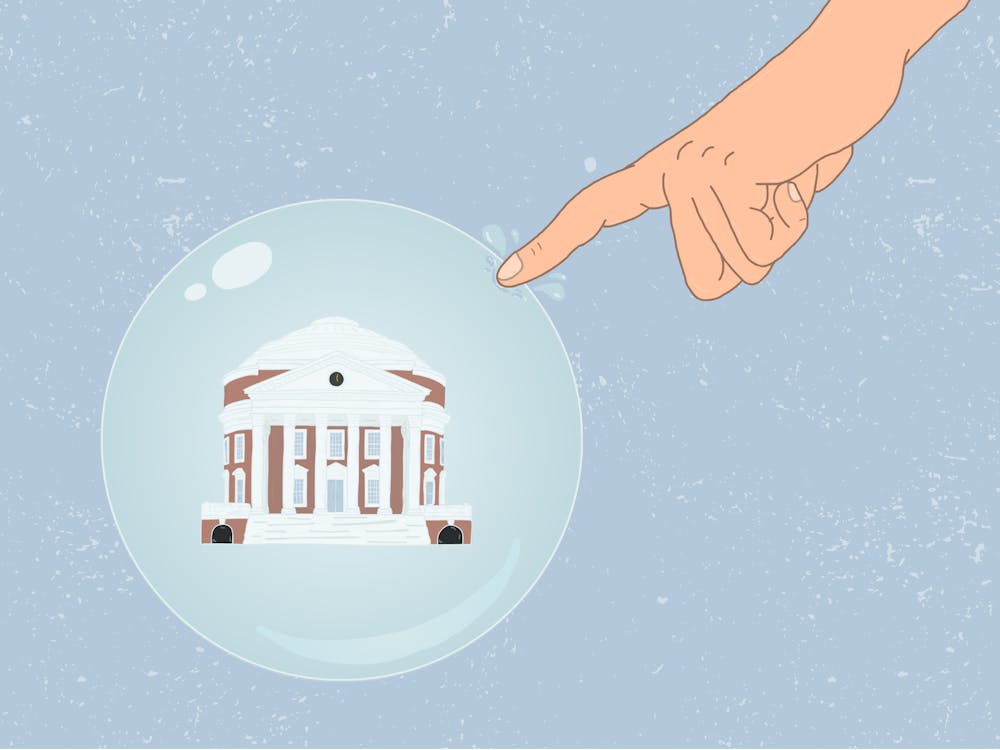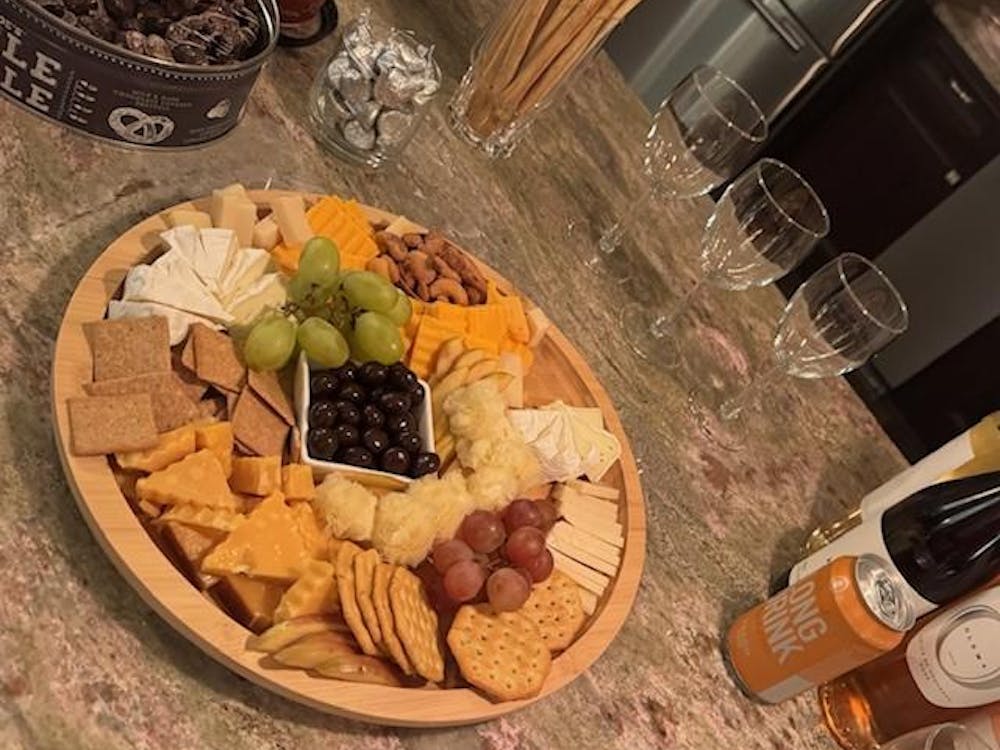Not everyone gets to experience it: The adrenaline rush of your life as you approach a speed of 17,500 miles per hour, ending with the feeling that you weigh eight times your normal weight and can't even stand unless your eyes are open.
This is one feeling a University professor experienced first-hand.
"I wouldn't have missed a minute of it," said Kathy Thornton, professor of technology, culture and communication, and mechanical, aerospace and nuclear engineering. "It has to rank up there with the most exciting experiences of my life."
Originally from Montgomery, Ala., Thornton served 12 years as an astronaut in NASA's Space Program. Thornton said she decided to apply after seeing an announcement that NASA was recruiting healthy, able-bodied people with technical degrees.
Thornton, who has a Ph.D. in physics from the University, couldn't pass up the opportunity.
"I thought it would be fun and I thought I had [one] chance in a billion so I decided to apply," she said.
After being accepted, she went through classes and the astronaut-training program, including flight experience.
"You get into a supersonic jet and get sucked back. It was great," she added.
In 1989, Thornton served as a mission specialist for her first space trip. (The U.S. Government still holds the details of that journey as classified because the work was for the Department of Defense.)
Her first launch left a strong impression on her.
"Imagine lying back in a hard chair in the back of a pickup truck driving on railroad tracks with a bowling ball on your chest," Thornton said, describing the sensation of liftoff.
Once you leave the atmosphere of Earth, however, the view and feeling become completely unique, she said.
"You can see a much larger chunk of the Earth but not the whole Earth," she added. You have "complete freedom to move wherever you want but significant frustration if you want to stay in one place."
Thornton performed three space walks during her four missions for NASA. Not being able to use gravity is something to which few people can relate.
"It's frustrating because you're trying to do work in three times your mass," Thornton said. "One thing you learn when you first go out is when you move hand over hand and your hands stop, that's all that stops."
Thornton's first space walk involved the rescue of a satellite that was orbiting too low. The mission was a success and the satellite still is in use today. Her third journey was the first service mission for the Hubble Space Telescope.
"I was afraid I wouldn't be able to do what I was trained to do," she said.
On her last mission, Thornton did not leave the shuttle but performed several scientific experiments designed for low-gravity environments.
But most missions don't run as smoothly as NASA would like.
In fact, Thornton's last space flight had problems. The small thrusters, which adjust the shuttle's position in space, failed. She said the primary jets automatically came on and made a noise that sounded like a bazooka.
Luckily, minor problems such as these don't interrupt the plan for most missions, and the astronauts return to Earth safely.
However, they're not always in the best of health. Reentry into Earth's atmosphere affects even the strongest of people.
"When you're floating in orbit, you depend more on your eyes than your inner ear," Thornton said. "When you come back, you can't close your eyes and stand."
Thornton said another problem astronauts have in space is that the body gets rid of a lot of blood cells it doesn't need in a low-gravity situation. When people return to Earth, their bodies are low on blood cells, meaning they have a mild case of anemia. This can last up to a month after space flight.
She said she made the decision to leave NASA three years ago and returned to the University to teach. Her fellow faculty members said they are glad to see her back.
Thornton's humble demeanor may lead many to remain unaware of her past work with NASA, said Ingrid Soudek, professor and chair of the Engineering and Applied Science Division of Technology, Culture and Communication.
"She's a very down-to-earth person. I think she's very smart and has a great sense of humor," Soudak said. "She's a good teacher and she succeeds in whatever she does."
She said that one of the main focuses in Thornton's life is raising her three daughters.
Today, Thornton's main missions involve grading assignments or taking a break to lift off in an airplane. She has a pilot's license and said she tries to make time for an occasional flight.
"I loved what I was doing but it's really hard on families," she said. "Here I've got a chance to sort of give back for all the good deals I've been given."
Thornton's office now is packed with memorabilia from her flights and other NASA missions. Among the notables are a framed journal cover featuring astronauts from her second mission and an award for being an outstanding mechanic from the Automobile Association of America.
After 12 years of experience as an astronaut, including 41 days in space, Thornton still keeps an eye to the sky.
"I keep in touch and follow what's going on with great interest," she said. "I hope to see us going somewhere other than the moon"






